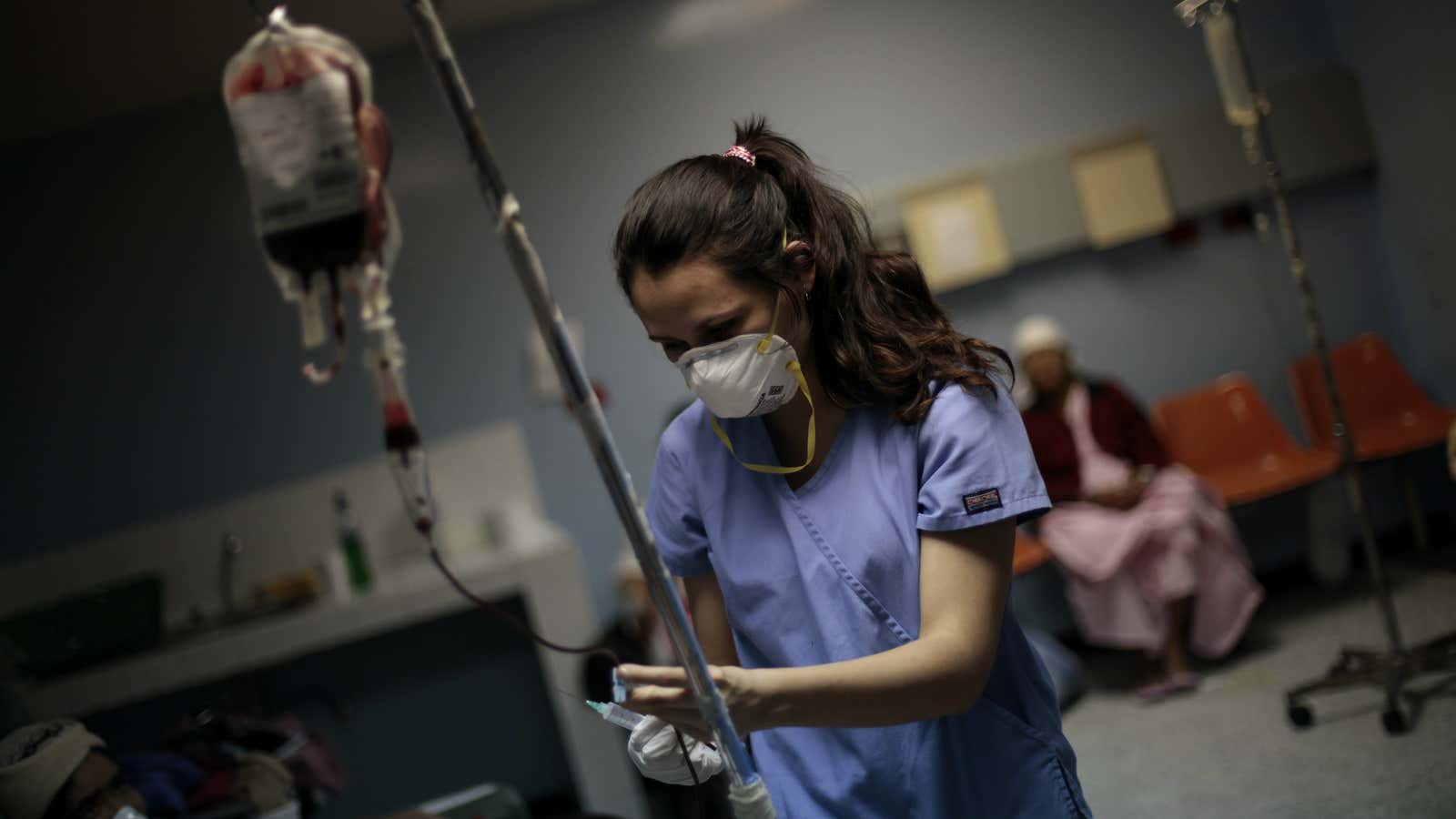More than 3 million American patients undergo emergency general surgery every year—that’s more than the sum of all new diagnoses for cancer in the US.
And according to a recent study, just seven procedures make up 80% of these emergency procedures. These seven procedures also accounted for 79% of all complications, 80% of all inpatient costs from emergency general surgery—and 80% of deaths.
Researchers from Brigham and Women’s Hospital ranked the seven procedures by clinical burden, which were:
- Large intestine surgery
- Small intestine surgery
- Gallbladder surgery
- Ulcer surgery
- Cutting scar tissue within the body
- Appendix surgery
- Emergency laparotomy (cutting into the stomach area to gain access to the abdominal cavity)
These surgeries are particularly risky; those who undergo emergency general surgery are up to eight times more likely to die postoperatively, compared with patients who undergo the same surgery electively.
And half of those patients who undergo emergency general surgery end up developing complications after the surgery; 15% end up back in hospital within 30 days of their surgery.
Researchers claim the study, published in JAMA Network, is the first to use a nationally representative sample—including data of all ages, races, and income—to identify the emergency surgeries that account for the greatest number of cases, deaths, complications, and even costs.
Though they were common, the cost of these seven procedures ranged from $6.1 billion in 2008 to $6.6 billion in 2010 in the American private insurance-based medical system.
The study highlights the need to focus on these common surgeries. Currently, efforts in health care to improve quality are focused on conditions during hospital admissions. Researchers are now calling for nationwide readmission reduction programs to be expanded to surgical patients, to improve decision-making, patient outcomes, and cost savings.
